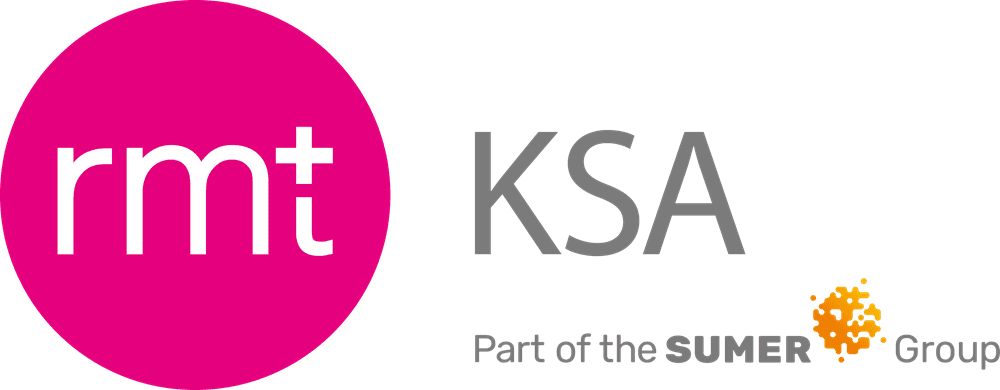Sole Practitioner – cashflow problems
If you are practising as a sole trader you are of course personally liable for the business and personal debts you have built up. What should you do if the practice is struggling? First thing to do is to establish if you are insolvent. see the 3 tests below
The Cashflow Test
Simply – can you pay your debts when they fall due for payment?
For example, if you are not paying the deductions from employees for NIC and Income Tax across to the Inland Revenue on the 19th of the month following the month they were deducted, then you could be insolvent. have you met loan repayment dates for practice loans or bank loans?
If your trade creditors sell to you on say 30 days terms and you regularly pay on 90+ days, then you may be insolvent.
The Balance Sheet Test
Simply – do you owe more than you own as an individual or are your business and personal assets exceeded by your business and personal liabilities? If yes, then you are insolvent.
It is important to point out that this test should include contingent or prospective liabilities. (If you need advice on these issues email us).
The Legal Action Test
If a creditor has obtained a County Court Judgment, this may demonstrate your insolvency and the creditor may petition to bankrupt you.
If a creditor has obtained a statutory demand for greater than 750 and it remains unpaid for more than 21 days, then the creditor may petition to bankrupt you.
What next??
Second thing to do is to use our daily cashflow spreadsheet and set out the expected cashflow in and out of the business over the next few months.
If you need any advice on filling this out, we will provide this free of charge. Please call 0845 5194930
This tool will set out what the likely cash position is in the business over the next few months and will help YOU decide which is the most appropriate option. If cash is drying up and there is no way to fix it then bankruptcy could be the option to study see Plan C below.
If cash is tight but still flowing then Plan A or B should be considered. If you know that good cashflow is coming through in the next few months then Plan A can be a powerful way to buy that time.
Now please read our guides to
Plan A trading out and refinancing (avoid insolvency)







